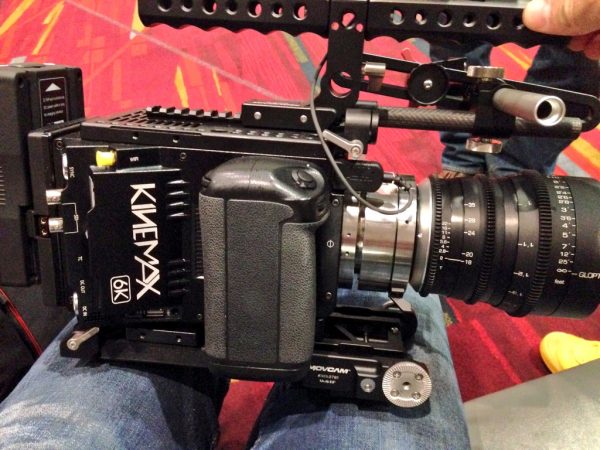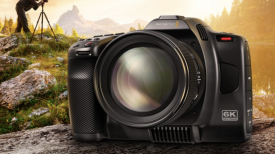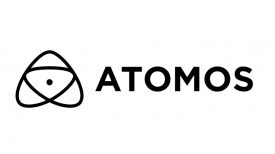By technical editor Matt Allard:
Newsshooter NAB 2015: Kinefinity Kinemax 6K Camera Shown from Dan Chung on Vimeo.
I caught up with Jihua Zheng from Kinefinity to discuss the new 6K Kinemax and Kinefinity enhancer – the company’s version of a speedbooster.
The camera feels very well built and the controls and fuctionality seem greatly improved from previous Kinefinity cameras. The camera has already started to ship in China and will soon be shipping in other parts of the world. The base price of the camera starts at a reaasonable $7999 US.
The KineMAX 6K is a Super35 CMOS camera which can record a maximum resolution of 5760×3240 pixels, at up to 30fps. Put another way that is nine times the resolution of HD or 2K. This is combined with a claimed dynamic range of 14 f-stops and 12-bit colour depth. By utilising pixel binning techniques the camera can also record 3K with a claimed 16 f-stop dynamic range and 14-bit colour depth. If true, this is pretty staggering and quite an achievement for any company, let alone a Chinese one.
6K recording is to either one, or two, internal KineMAG SSD drives. 6K must be recorded in DNG format because of the high data rates. 6K Compressed can be recorded to a single KineMAG. Uncompressed DNG needs to recorded to two KIngMAG SSDs at the same time. Lower 4K, 3K, 2K and HD resolutions can be recorded in Cineform RAW to a single SSD.
The base sensitivity of the camera is said to be around 800asa and there is an optical low pass filter that is designed for 6K performance – but is also said to have little moire in 3K mode.
The camera will have a high speed mode allowing 2K at 100fps, 3K at 30fps. There is also a crop mode for 4K in which the camera is said to be capable of 50fps, There are additional crop modes for 2/3 B4 ENG lenses and S16 sensor sizes.
The company claim that the reasoning behind their 6K sensor is that is the optimal resolution for finishing in 4K – something they believe will become increasingly common in the future. This is actually the same argument RED have been making for their Dragon sensor and relates to the loss of true detail when de-bayering an image. They also argue that the 3K mode is actually the optimal resolution for final output in 2K or HD – allowing better actual resolution and also the ability to crop in post. In 3K mode the camera can record 3K Cineform RAW – 30 minutes will fit on a 64GB KineMAG SSD.






